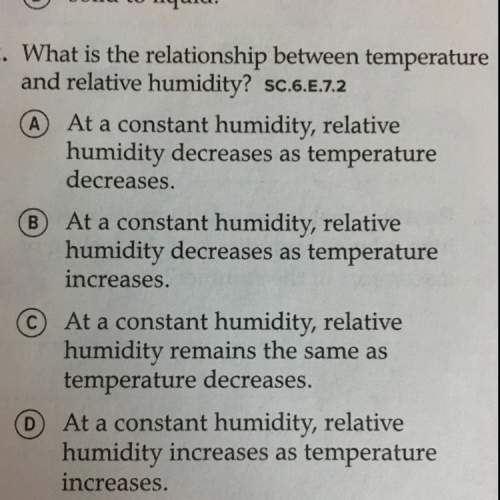
Biology, 25.07.2019 07:30 khalid7746
Screening process for detecting a rare disease is not perfect. researchers have developed a blood test that is considered fairly reliable. it gives a positive reaction in 98% of the people who have a disease. however, it erroneously gives a positive reaction for 3% of the people who do not have the disease. consider the null hypothesis "the individual does not have the disease". what is the probability of type i error if the new blood test is used?

Answers: 1


Other questions on the subject: Biology



Biology, 22.06.2019 05:30, jfrjtwrg
Diego conducted an experiment to find out what kind of ball bounces the highest when dropped from a five-foot platform. he used a golf ball, a tennis ball, and a soccer ball. he dropped each ball from the balcony once. diego recorded his observations after each drop. what can diego do to best improve the reliability of his results? a) drop each ball from the platform three more times b) record his observations in more than one unit c) write at least two scientific questions after the experiment is complete d) share his results with other people who have done similar experiments you for the !
Answers: 1

Biology, 22.06.2019 10:00, kevinleon695
Suppose you use three different scale to weigh a bag of oranges. one scale says the nag weighs 2.1 lb, and third says it weighs 2.1 lb. the actual weight of the bag of oranges is 2.153 lb. which of the following best decribes these results?
Answers: 2
You know the right answer?
Screening process for detecting a rare disease is not perfect. researchers have developed a blood te...
Questions in other subjects:




Mathematics, 27.02.2020 20:04

Mathematics, 27.02.2020 20:04


Mathematics, 27.02.2020 20:05






